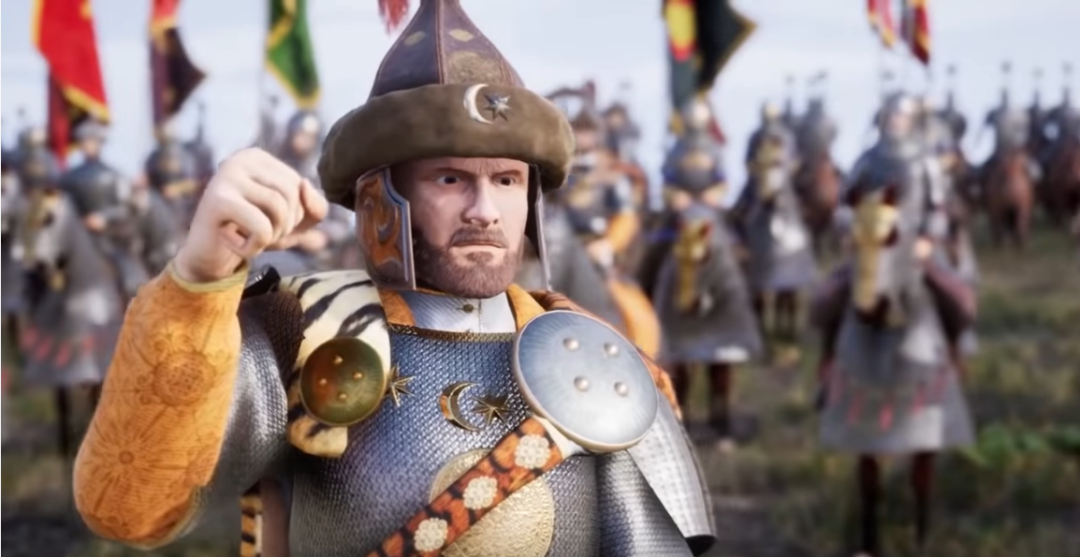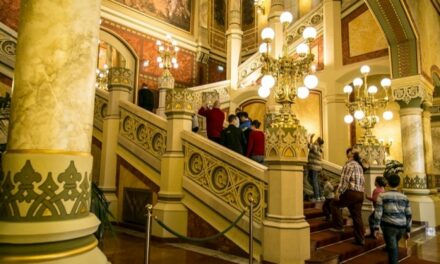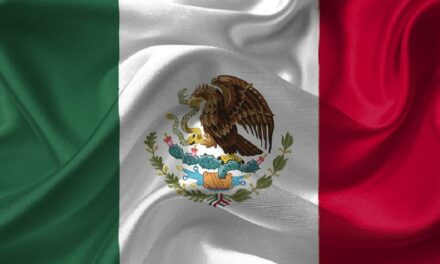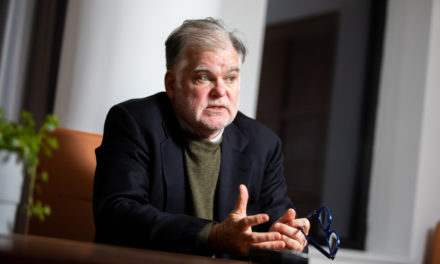"Europe needs Hungary ... which has never allowed itself to be defeated"
A significant part of the 55 military actions that lasted for about seventy years from 895 were successful. Military academies, including those in the United States, teach the unique achievements of Hungarian martial arts, including the Brenta campaign and the Battle of Bratislava. The key to Hungarian victories was crossing the Brenta and Danube rivers with horses. This tactic not only worked in these two discussed cases, but also decided the outcome of many other battles. On the one hand, the overwhelming victory is due to this surprise appearance on the other side of the coast. On the other hand, the indefensible barrage of arrows cut order in the ranks of the enemy. (Unfortunately, our ancestors had already forgotten this Eastern tactic by the 13th century, but the Mongols who won at Muhi used the same tactic when they crossed the Sajó River under the cover of night and attacked the sleeping Hungarian camp.)
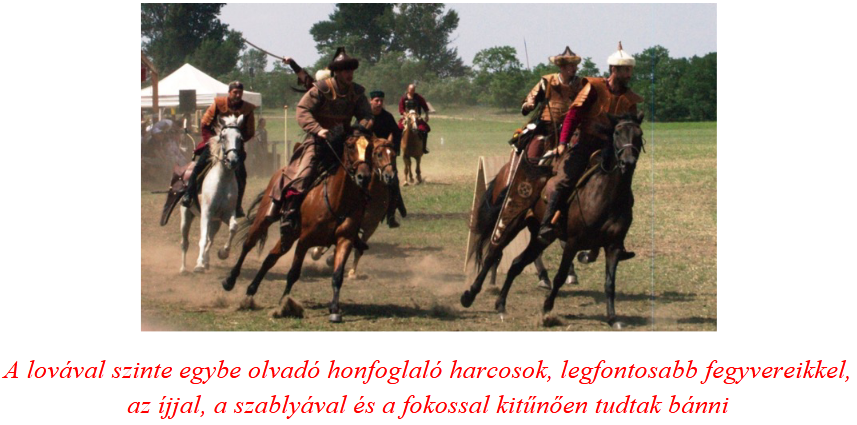
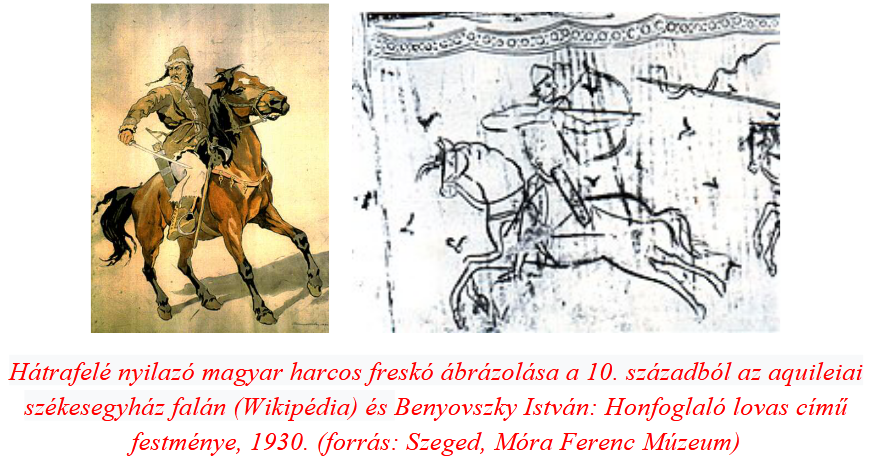
One of the Hungarian campaigns took place along the Brenta River in northern Italy. It is important to note that the Hungarians Arnulf , the king of the East Franks, into an alliance Berengár , who was also a claimant to the Carolingian throne. , a Hungarian army of nearly five thousand people, presumably led by Szalárd (Saladus) After crossing the Alps, the Hungarians moved at such a fast pace along the Treviso - Vicenza - Verona - Brescia - Milan route that it was at least as great an achievement as Hannibal's in ancient times when he marched against Rome.
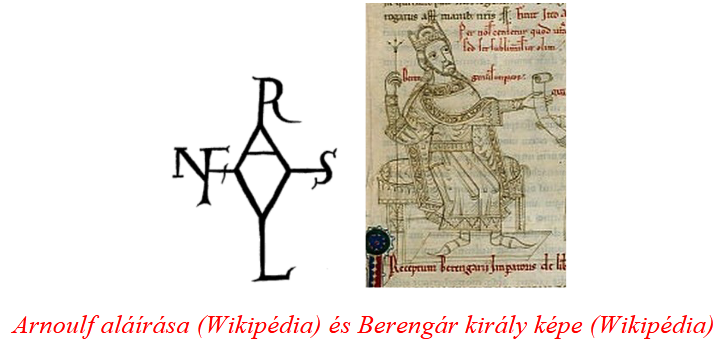
To this day, this war route is known in historiography as the Strata Ungarorum /Hungarians' Road/.
(Hannibal's crossing of the Alps is a compulsory subject in history textbooks, but the similar achievement of Árpád's warriors is not even known to the vast majority of Hungarians .) Our ancestors completed the nearly two thousand kilometer journey in the autumn period, causing a huge surprise to the people who gathered along the Brenta river, according to some assumptions, about fifteen thousand head of an enemy army.
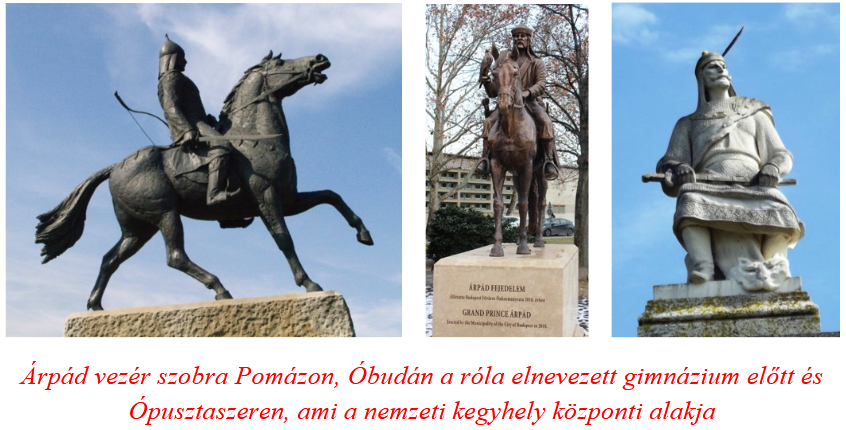
Crossing the river, Arnulf's allies launched a fierce attack from two sides against Berengár's heavy cavalry. The Hungarians, practicing nomadic warfare in the desert, won a brilliant victory against the western style of warfare and weaponry, which would only suffer a break after half a century (955), but the Hungarians quickly defeated it. The other campaign that ended with great success was July 4-7, 907. there was a Battle of Bratislava between This is also significant because, according to the Fulda Yearbook, the Hungarian-Bavarian border marked in 900 at the Enns river was strengthened by this significant Hungarian victory. (In Hungarian folk tales, the linguistic turn "Beyond Óperencia" was in reality the geographical border "Beyond the river Enns".) Among the antecedents of the march of the Hungarian army is the assassination of leader Kurszán by stealth . Louis the Child , Kursá, the second highest dignitary of the Hungarians, came to the negotiations along the Fischa River. However, the Hungarian delegation, led by Kurszán, was ambushed and murdered by the Frankish and Bavarian negotiators. in the East - following the sanctity of the given word - learned here once and for all that Western leaders cannot and should not be trusted.
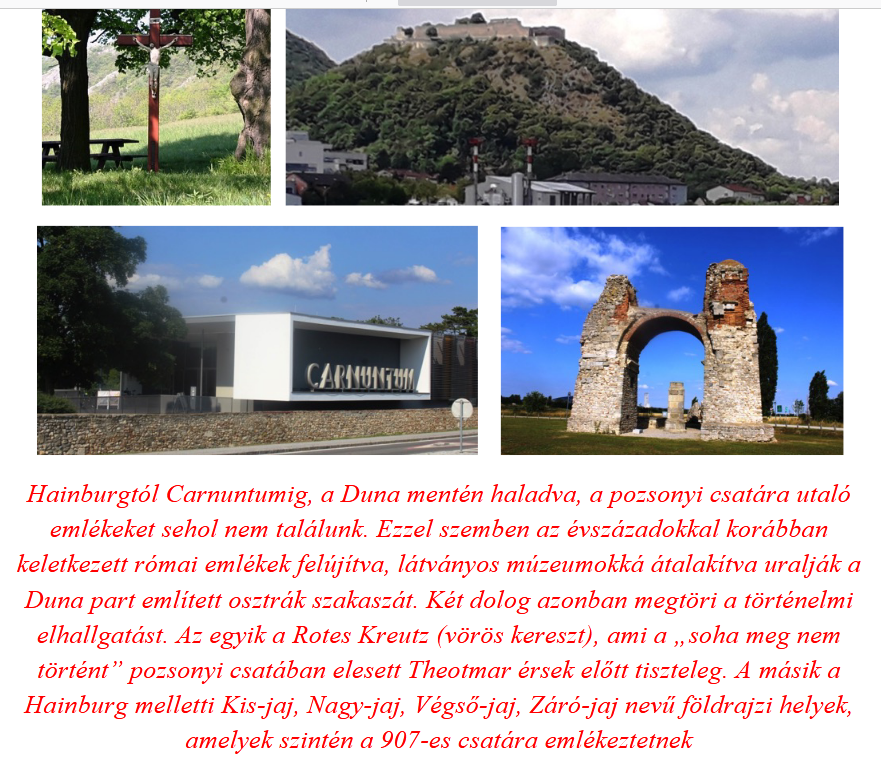
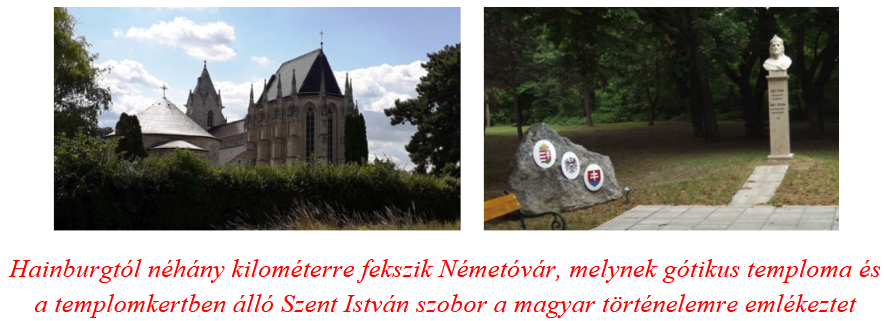
Among other things, the importance of the Battle of Bratislava lies in the fact that it left its mark on the military and political events of the recapture of the country that began in 895. The western armies attacking the young Hungarian Principality suffered a severe and humiliating defeat at the hands of the leader Árpád . The Hungarian light cavalry army of about 30,000 men almost completely eliminated the heavily armed Bavarian troops of nearly 100,000 men along the Danube. (From the different data, we can conclude that even if the numbers of the armies were excessive, the enemy arrayed against the Hungarians was three times outnumbered.) Five of Árpád's sons also fought in the battle, but three of them (Tarhos /Tarkacsu/, Üllő /Jeleg/ and Jutas / Jutocsa/ ) fell. A short time later, Prince Árpád himself died from his injuries. The youngest son, Solt /Zolta/ , who presumably succeeded Árpád in the princely seat in 907, and ruled the country for four decades. His memory can be found in several present-day settlements of his 10th-century accommodation area, such as Solton and Kalocsán.
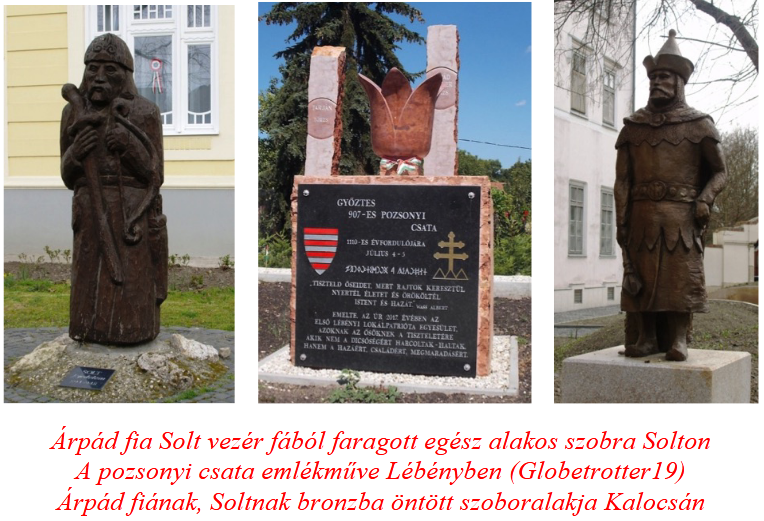
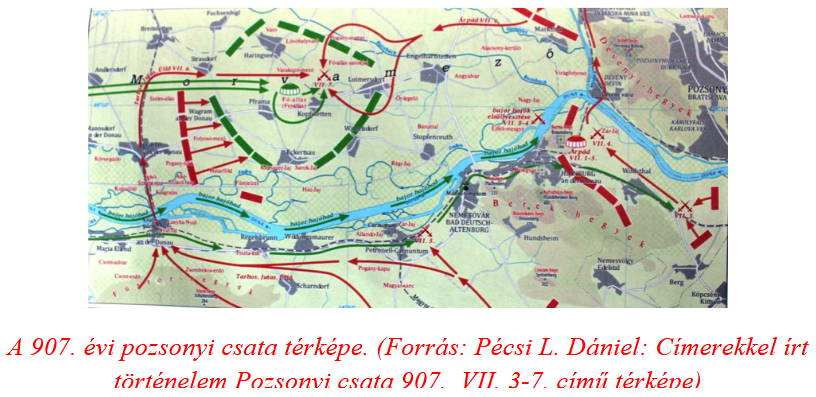 The location of the battle is the section along the Danube from Hainburg to Petronelli (the ancient Roman Carnuntum), which is now part of Austria. Luitpold of Bavaria and Theotmár of Salzburg, the two leaders of the western armies, as well as
The location of the battle is the section along the Danube from Hainburg to Petronelli (the ancient Roman Carnuntum), which is now part of Austria. Luitpold of Bavaria and Theotmár of Salzburg, the two leaders of the western armies, as well as
most of the nobility and soldiers,
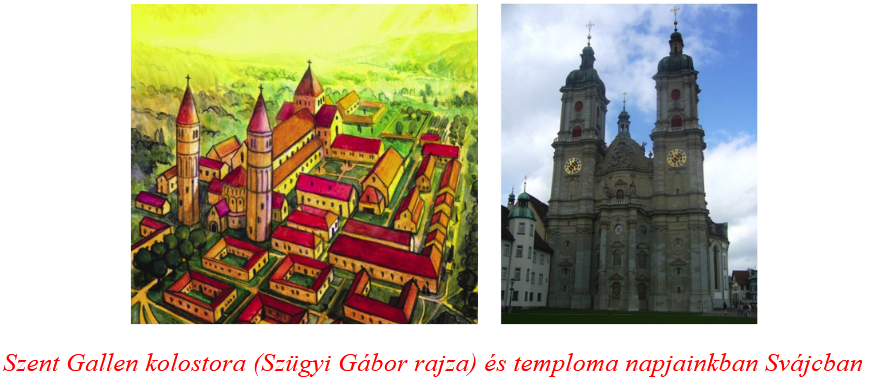
fell in the battle One of the consequences of the victory was that a foreign soldier did not set foot on Hungarian soil for 123 years. Another consequence of the battle was that new areas came under the supervision of the Hungarians, up to the Enns river. Traces of many events remained between the campaigns.
Among them is the campaign against St. Gallen, when one of the Hungarian armies occupied a monastery. One of the monks who stayed there recorded his encounter with the Hungarians. is the time when the Hungarians approached the rich city of Venice by tying leather hoses to "floaters" under the bellies of their horses.
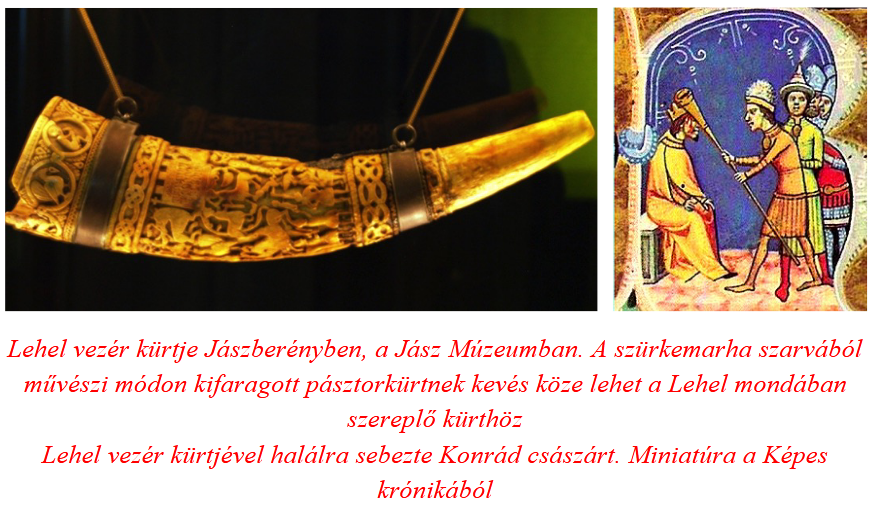
The center of the rich trading city built on seven islands was not captured, but five smaller islands were captured. The lost battles of Merseburg and Augsburg are included in almost every Hungarian school textbook.
It is only worth adding to these that in 933 the Battle of Merseburg did not take place at all. The Battle of Augsburg in 955 was the only battle with greater losses to which the Lehel is associated. However, it was not "fatal", as only one army was defeated here. The Principality of Hungary remained united and had a large military force. The last campaign took place in 970, which the Hungarians led to Byzantium. Botond is connected to this last, rather tax collection campaign .
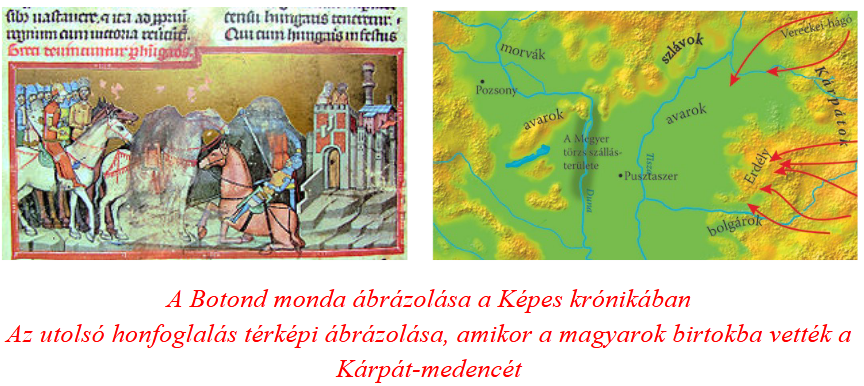 Perhaps the most controversial event in Hungarian history, in addition to the search for origins, is the discussion of the conquest. It is not my place to decide the dispute, the time has not yet come. However, I consider it my task to briefly outline the archaeological, ethnographic, linguistic, gene research, archival and tradition-based results that have been clarified so far. I will not deal with our European past of tens of thousands of years now, because it would lead too far and would also call into question the authenticity of the other factual materials. On the other hand, archaeological and genetic research proves that Hungarians are one of the indigenous peoples of Europe. This means that our ancestors have lived continuously here in the Carpathian Basin for more than 2,500 years.
Perhaps the most controversial event in Hungarian history, in addition to the search for origins, is the discussion of the conquest. It is not my place to decide the dispute, the time has not yet come. However, I consider it my task to briefly outline the archaeological, ethnographic, linguistic, gene research, archival and tradition-based results that have been clarified so far. I will not deal with our European past of tens of thousands of years now, because it would lead too far and would also call into question the authenticity of the other factual materials. On the other hand, archaeological and genetic research proves that Hungarians are one of the indigenous peoples of Europe. This means that our ancestors have lived continuously here in the Carpathian Basin for more than 2,500 years.
It can already be marked with an exact year, when the Huns coming from the east reached the Carpathian basin in 433. Atilla the Great became the area between the Danube and the Tisza, where many people still believe that
Attila's grave will one day be found.
One of the first proofs of our people's Scythian origin is the Scythian golden deer found in Tápiószentmárton, which dates back to 1000 BC.
It was made in the 6th century. The Scythian Huns formed one of the most populous and largest empires, the center of which was the Danube-Tisza junction during Attila's time.
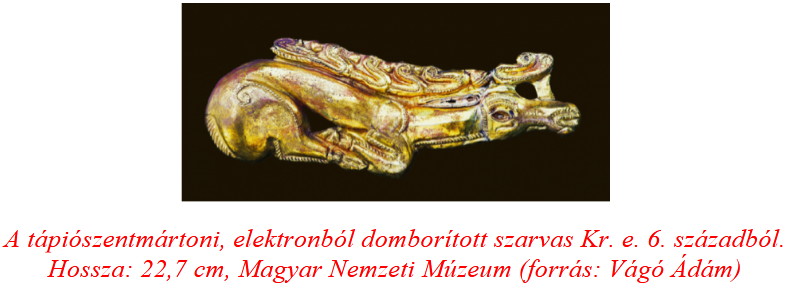 (It should be noted that Kincsem, the invincible wonder mare, was born in Tápiószentmárton in 1874, whose memory is cherished by the Kincsem Horse Park.) Many visitors are attracted to Atilla hill, which many believe gives people healing energy
(It should be noted that Kincsem, the invincible wonder mare, was born in Tápiószentmárton in 1874, whose memory is cherished by the Kincsem Horse Park.) Many visitors are attracted to Atilla hill, which many believe gives people healing energy
.
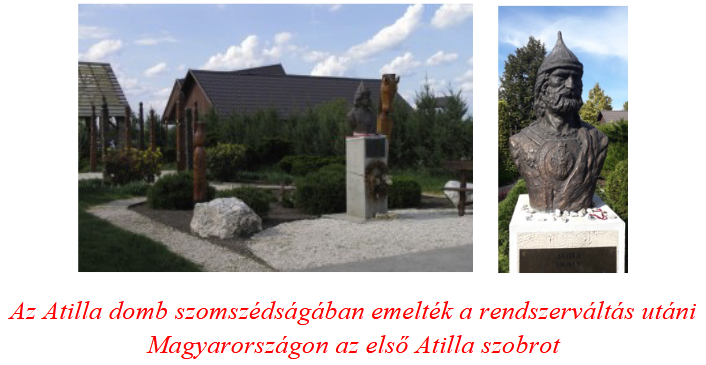
The first statue of Atilla on horseback stands in Budafok, in the Sculpture Garden for Hungarian Art, created by
Lajos Gubcsi Nowhere in Europe is the memory of the great Hun king cherished as much as in Hungary. After all, we keep the kinship alive, the common Scythian past. In recent years, attempts have also been made in the West to transform the figure of Atilla, which is in stark contrast to the centuries-old perception that Atilla was the devil himself. Since the cult of the great king could not be obscured, it is now increasingly being revealed that Atilla's Huns were allies of the Western Roman Empire.
The fact is that during the time of the last emperors, the imperial bodyguard and the best fighting regiments were made up of the Huns.
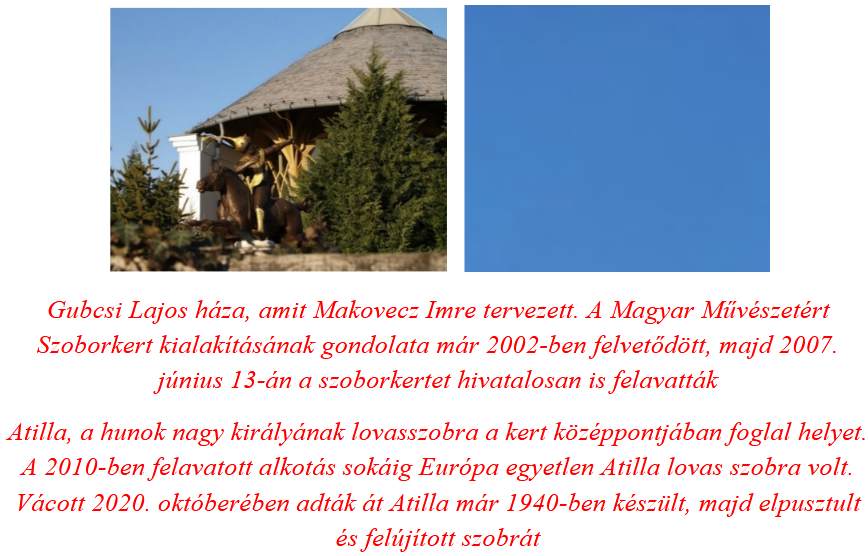 The new equestrian statue of Atilla was inaugurated in Vácott on October 5, 2020, but it has a history of eight decades. Károly Cser's large-scale work completed in 1940 could no longer be erected due to the events of the war. The statue, together with the studio, was completely destroyed as a result of a bomb attack and later during communist vandalism. The statue András Mihály , and it was erected in Vácott,
The new equestrian statue of Atilla was inaugurated in Vácott on October 5, 2020, but it has a history of eight decades. Károly Cser's large-scale work completed in 1940 could no longer be erected due to the events of the war. The statue, together with the studio, was completely destroyed as a result of a bomb attack and later during communist vandalism. The statue András Mihály , and it was erected in Vácott,
near the Franciscan church.
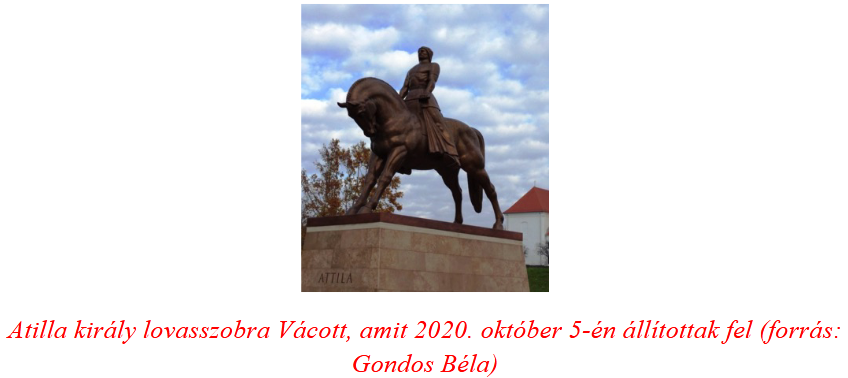
Among our land-conquering ancestors are the Avars, who first returned to the Carpathian basin in 568, then in 670 and 720. Among others, the cemeteries of the Avars were excavated by Gyula László describes the merging of the Avar "white Hungarians" and the Árpád The people thus forming and becoming strong drove out the Frankish invaders from the parts beyond the Danube. The people who finally found a home in the Carpathian Basin were able to found a state here for the first time, which still exists, albeit mutilated, to this day.
Golden John . Gyula László created dozens of illustrations for Rege's poem about the miraculous deer.

The parts published so far can be read here: 1., 2., 3., 4., 5., 6.
Author: Ferenc Bánhegyi
(Cover image source: YouTube)

